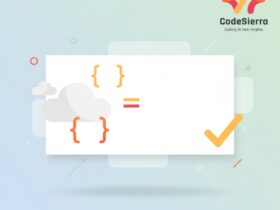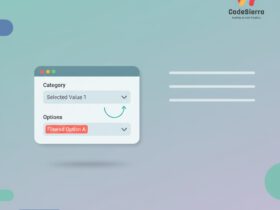Definition
A Roll-up Summary field in Salesforce is a calculated field on a master object that summarizes data from a set of related detail (child) records in a master-detail relationship. It performs aggregate calculations such as SUM, MIN, MAX, and COUNT across child records and saves the result on the parent record.
How it works
Roll-up Summary fields operate on master-detail relationships only. When child records are created, updated, or deleted, Salesforce automatically recalculates the roll-up summary value and stores it on the parent (master) record. You can also apply filter criteria to include only child records that meet specific conditions.
Common use cases
- Summing Opportunity Amounts on an Account (e.g., Total value of related Opportunities)
- Counting the number of closed Cases on an Account
- Finding the most recent date among related records using MAX
- Summing quantities from related OpportunityLineItems on an Opportunity
Example (declarative)
Suppose you want to show the total amount of all Closed Won Opportunities on an Account. Create a Roll-up Summary field on Account:
Account.Total_ClosedWon_Oppty_Amount__c = SUM(Opportunity.Amount WHERE StageName = 'Closed Won')
Available roll-up operations
- SUM — Adds numeric values from child records.
- MIN — Returns the smallest value.
- MAX — Returns the largest value.
- COUNT — Counts the number of child records that match the criteria.
Limitations and considerations
- Master-detail only: Roll-up Summary fields require a master-detail relationship. They are not supported on lookup relationships unless converted to master-detail or implemented with Apex/Flow/DLRS.
- Per-object limits: There is a limit on the number of roll-up summary fields per object (commonly 25 by default — check your org limits).
- Filtering: You can add simple filter criteria on child fields, but complex cross-object filters are not supported.
- Recalculation & order of execution: Roll-ups recalculate during record save and can affect triggers, workflows, and flows. Take care with recursive updates and governor limits.
- Not editable: The roll-up field value is system-calculated and cannot be directly edited.
Alternatives when limitations apply
If you cannot use a roll-up summary (e.g., the relationship is a lookup or you need more complex logic), consider:
- Apex triggers or batch Apex for custom aggregation logic.
- Salesforce Flow (Record-Triggered Flow) to calculate and update the parent record.
- Declarative Lookup Rollup Summaries (DLRS) — a community tool that provides roll-up capabilities for lookup relationships.
Best practices
- Use declarative roll-ups where possible for performance and maintainability.
- Minimize the number of roll-up summary fields on a single object to avoid hitting org limits.
- Document any custom roll-up logic implemented with Apex or Flow to avoid surprises in future maintenance.
- Test order-of-execution interactions (triggers, workflows, process builders/flows) when roll-ups are involved.
Quick reference: sample configuration
Parent Object: Account
Child Object: Opportunity (master-detail to Account)
Roll-up Type: SUM
Child Field: Amount
Filter Criteria: StageName = 'Closed Won'
Result Field: Account.Total_ClosedWon_Oppty_Amount__c
Roll-up Summary fields are a powerful declarative tool in Salesforce for summarizing child record data on the parent. Use them when the relationship and aggregation needs align with Salesforce’s native capabilities — otherwise opt for custom or community solutions.










Leave a Reply